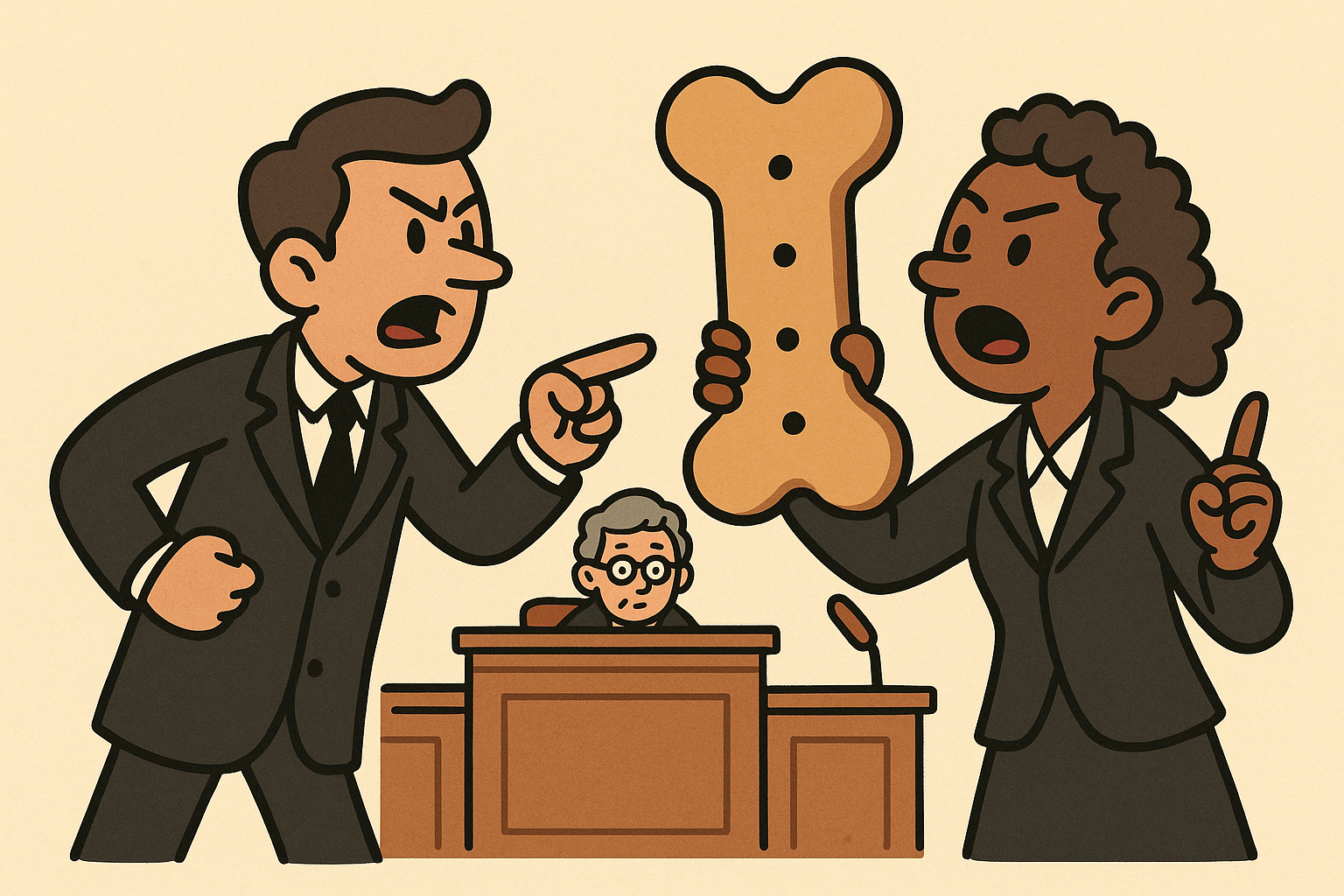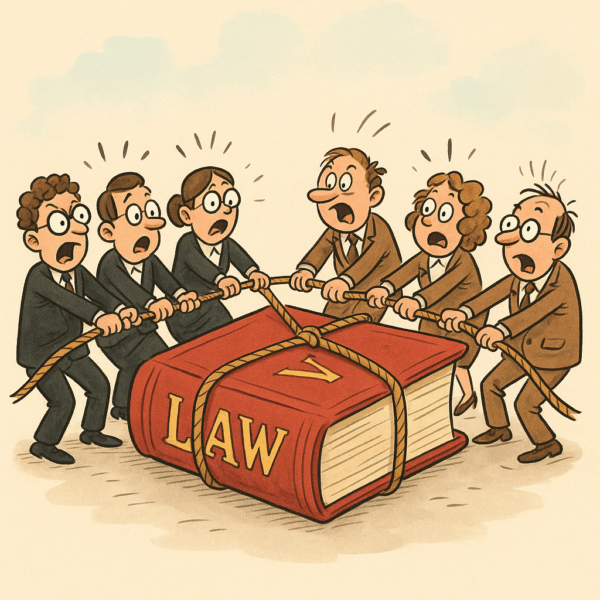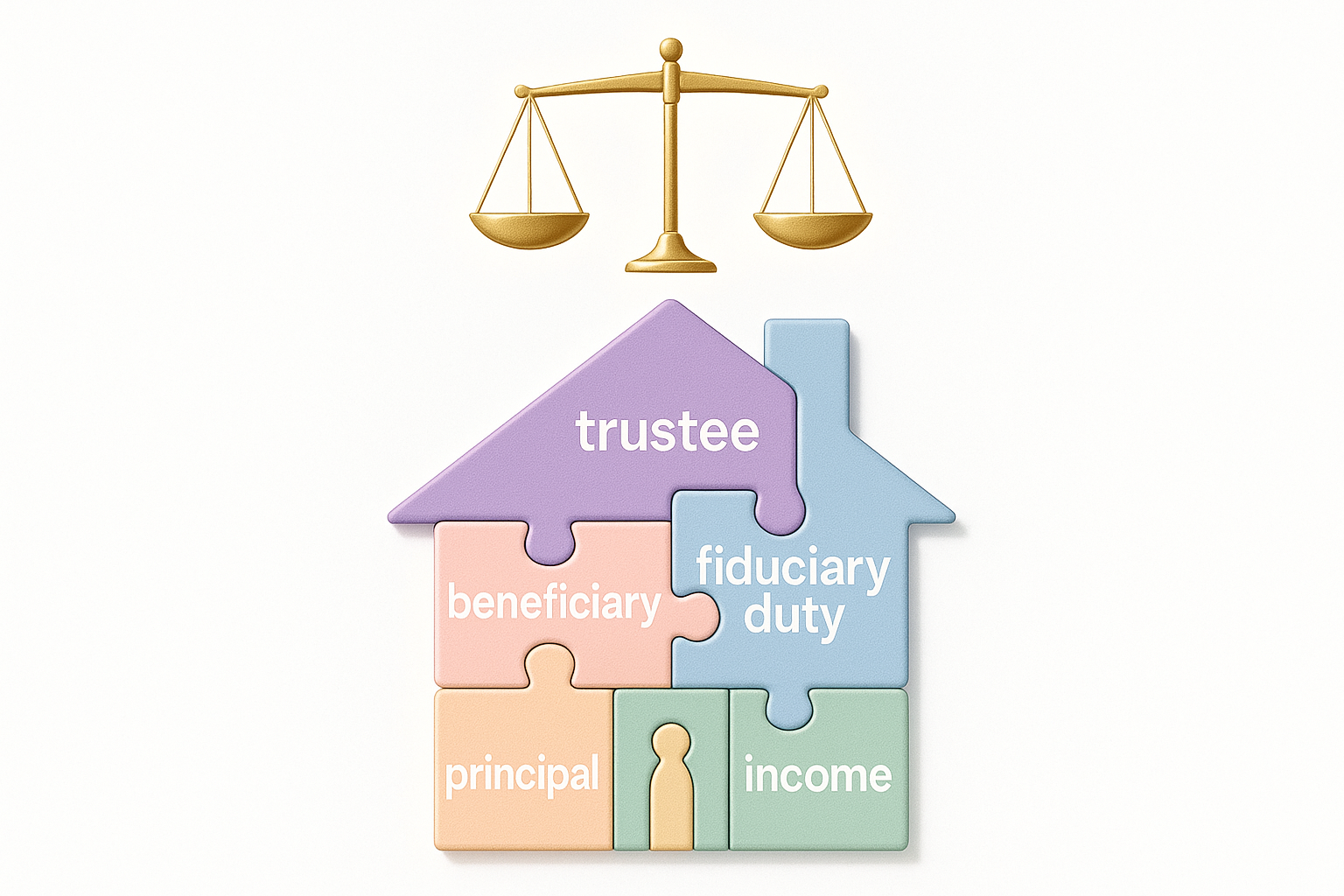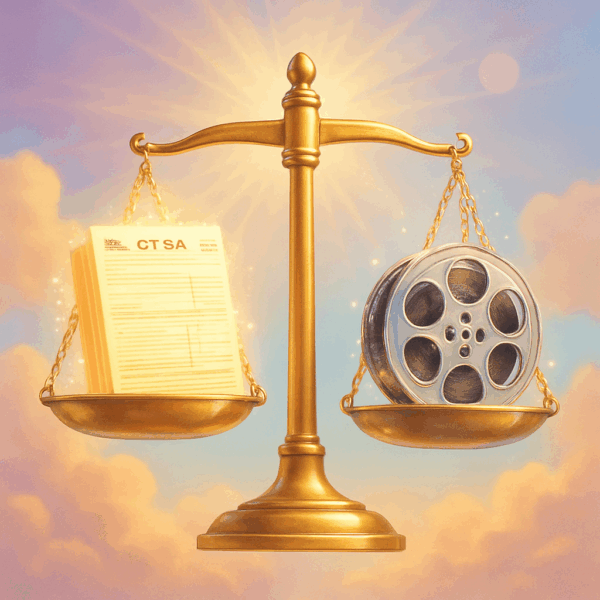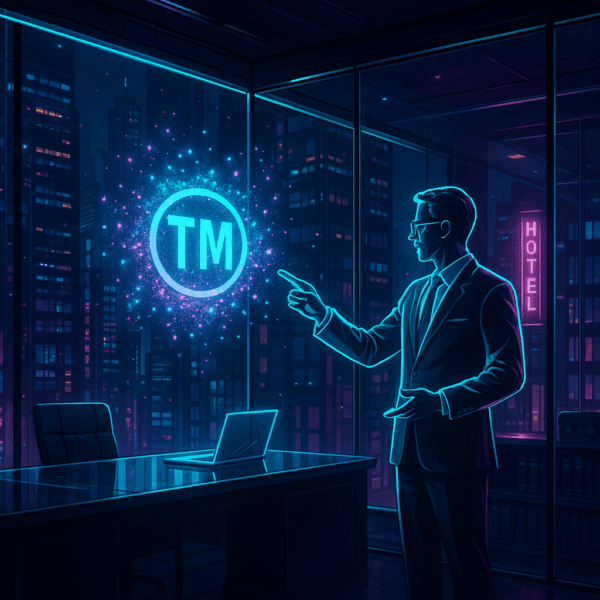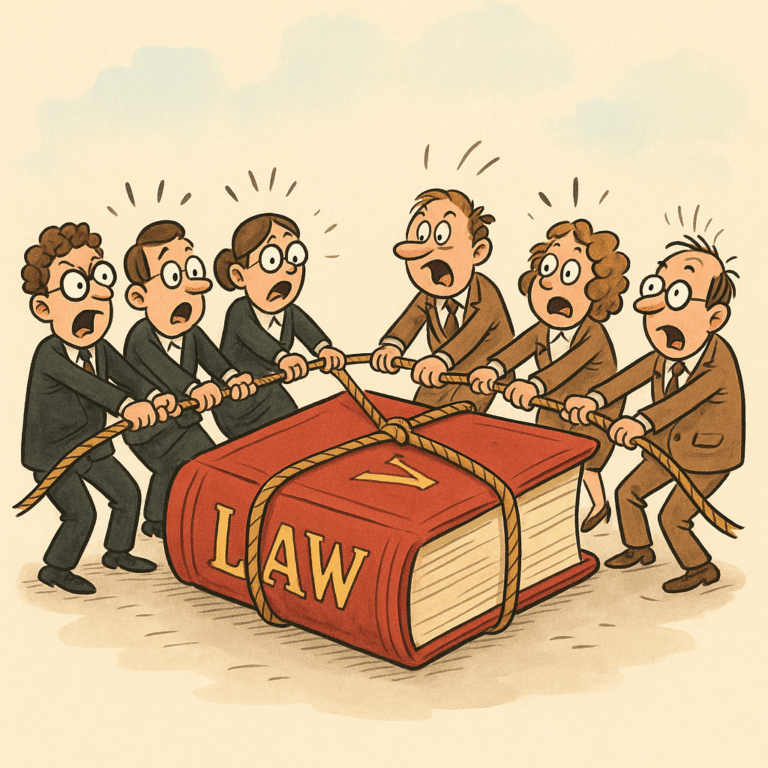
When Robert and Stephen Samuelian unloaded a slice—but only a slice—of their skilled‑nursing empire, they thought they were cashing in on decades of sweat. They didn’t expect to spend the next ten years in arbitration and court, fighting over whether a single clause buried in their LLC operating agreement could muzzle them from launching the next big venture.
Last August, California’s Fourth District Court of Appeal detonated that clause—and, in the process, rewrote the handbook for how intellectual‑property lawyers protect know‑how when founders keep “skin in the game.”
The decision, Samuelian v. Life Generations Healthcare, LLC, slices California’s famous ban on non‑competes into finer gradations than ever before, holding that partial sellers may still be bound—if the restraint passes a classic antitrust “rule‑of‑reason” test.
📋 Visual Case Brief
| Item | Detail |
|---|---|
| Case | Samuelian v. Life Generations Healthcare, LLC, 104 Cal. App. 5th 331 (Cal. Ct. App. Aug. 20 2024) |
| Core Holding | Non‑competes tied to a partial sale of equity aren’t automatically void under Business & Professions Code § 16600. Courts must balance pro‑ vs. anti‑competitive effects. |
| Secondary Holding | An LLC operating agreement may impose fiduciary duties (loyalty, corporate‑opportunity) on members even in a manager‑managed structure. |
| Outcome | $40 million arbitration award vacated; case remanded for a full reasonableness inquiry. |
“A sale of a partial business interest differs drastically from the sale of an entire business interest.…
Given this context, a non‑competition provision arising from a partial sale cannot be deemed inherently anticompetitive and invalidated per se … it must be scrutinized under the reasonableness standard.”
— Justice Joanne Motoike, writing for a unanimous panel in Samuelian¹
Why IP Lawyers Suddenly Care
1. A Bigger Toolbox for Trade‑Secret Protection
Until last summer, California deal counsel largely wrote off non‑competes unless 100 percent of a company—and its goodwill—changed hands. Samuelian cracks that door for minority‑stake deals, allowing narrowly drawn covenants that track the life‑cycle of the protected IP. Expect to see non‑competes pegged to patent expiration dates, source‑code obsolescence, or regulatory exclusivity windows.
2. A New Litigation Battlefield—Economics, Not Bright‑Lines
The per se rule let defense lawyers shred covenants with a single statutory citation. Now, plaintiffs will marshal expert econometric evidence on market definition and competitive effects, borrowing playbooks from antitrust trials. Think Pharma v. Biogen redux²—but applied to med‑tech founders, crypto exchanges, or AI‑model spin‑outs.
3. The Fiduciary Duty Backstop
The court blessed operating‑agreement language that hard‑wires loyalty duties even for passive members. That dual harness—contract + covenant—could become the norm in IP‑heavy joint ventures where continued access to source code or trade secrets makes ordinary NDAs feel flimsy.
🚦 Procedural Timeline
| Year | What Happened |
|---|---|
| 2007 | Founders sell ~49 % stake; new operating agreement adds non‑compete + fiduciary‑duty clauses. |
| 2015 | Dispute erupts; arbitrator later voids the non‑compete under § 16600. |
| 2020 | California Supreme Court issues Ixchel Pharma v. Biogen, hinting at rule‑of‑reason for B2B restraints. |
| 2024 | Court of Appeal vacates $40 M award, installs rule‑of‑reason test. |
| 2024 (Nov.) | California Supreme Court denies review, cementing precedent statewide. |
| 2025+ | Trial court will weigh economics; parties may settle or retry under the new standard. |
How to Draft in the Post‑Samuelian World
| Do | Don’t |
|---|---|
| Map the IP asset: tie covenant scope to specific code bases, patents, or therapeutic indications. | Assume “California = no non‑competes.” The bright‑line is gone for equity deals. |
| Document pro‑competitive benefits: internal memos, board minutes, valuation models. | Ignore AB 1076 notice rules that void employee non‑competes; regulators still expect compliance. |
| Bundle with NDAs, invention‑assignment, and garden‑leave clauses to narrow the restraint. | Rely on blue‑penciling—Delaware might rewrite, but California courts will toss the clause wholesale. |
| Choose forums and arbitration clauses carefully: allow legal‑error review only if you can live with appellate scrutiny. | Forget federal pre‑emption: the FTC’s nationwide ban could land in Supreme Court limbo—plan for both outcomes. |
📊 Non‑Compete Landscape Cheat Sheet (Q3 2025)
| Jurisdiction | Post‑Employment | Sale of Entire Biz | Partial Sale (after Samuelian) |
|---|---|---|---|
| California | Void/Unlawful (AB 1076 + SB 699) | Valid if reasonable (§ 16601) | Valid if reasonable (Samuelian) |
| FTC Final Rule | Nationwide ban (litigation stayed) | Safe harbor ≥ 25 % equity | Exempt if equity ≥ 25 % |
| Delaware | Blue‑pencil rejected (Sunder Energy) | Enforced if scope reasonable | Same standard; courts skeptical of overbreadth |
The Bigger Picture: Fragmentation vs. Federalism
California’s nuanced shift arrives just as Washington tries to nuke non‑competes altogether. The FTC projects a $400 billion wage bump³, while business groups charge into court, calling the rule an agency overreach⁴.
If the FTC ban survives, companies will juggle a patchwork:
-
Federal: near‑total prohibition, with a 25 percent‑equity carve‑out.
-
California: employee covenants unlawful, but Samuelian green‑lights seller restraints under rule‑of‑reason.
-
Other states: from Minnesota’s total ban to Texas’ permissive “reasonable” test.
For IP lawyers, that means dual‑tracking agreements: one compliant with a federal ceiling, another optimized for the most restrictive state that could claim jurisdiction. Not fun—but entirely doable with the right playbooks.
Endnotes
-
Samuelian v. Life Generations Healthcare, LLC, 104 Cal. App. 5th 331, slip op. at 27–28 (Aug. 20 2024). Findlaw
-
Ixchel Pharma, LLC v. Biogen, Inc., 9 Cal.5th 1130 (2020) (PDF). Supreme Court of California
-
FTC Press Release, “FTC Announces Rule Banning Noncompetes,” Apr. 23 2024. Federal Trade Commission
-
Barron’s, “FTC Ban on Worker Noncompete Agreements Faces First Legal Challenge,” Apr. 24 2024. Barron’s
-
Sheppard Mullin Labor & Employment Blog, “California Court of Appeal Rules That Partial Sale of Business Can Bind Seller‑Owner to a Noncompetition Agreement,” Aug. 27 2024. Trade Secrets Law Blog
-
Boutin Jones Insight, “But I Didn’t Sell All of It,” Nov. 27 2024. Boutin Jones Inc.
-
JD Supra (Allen Matkins), “California Court Opines on Fiduciary Duties of LLC Members,” Aug. 2024. JD Supra
-
California AB 1076, Ch. 828 (Oct. 13 2023) (statutory text). Leginfo
-
California SB 699, Ch. 157 (Sept. 1 2023) (statutory text). Leginfo
-
Axios, “The FTC votes to ban employment noncompetes,” Apr. 23 2024. axios.com


